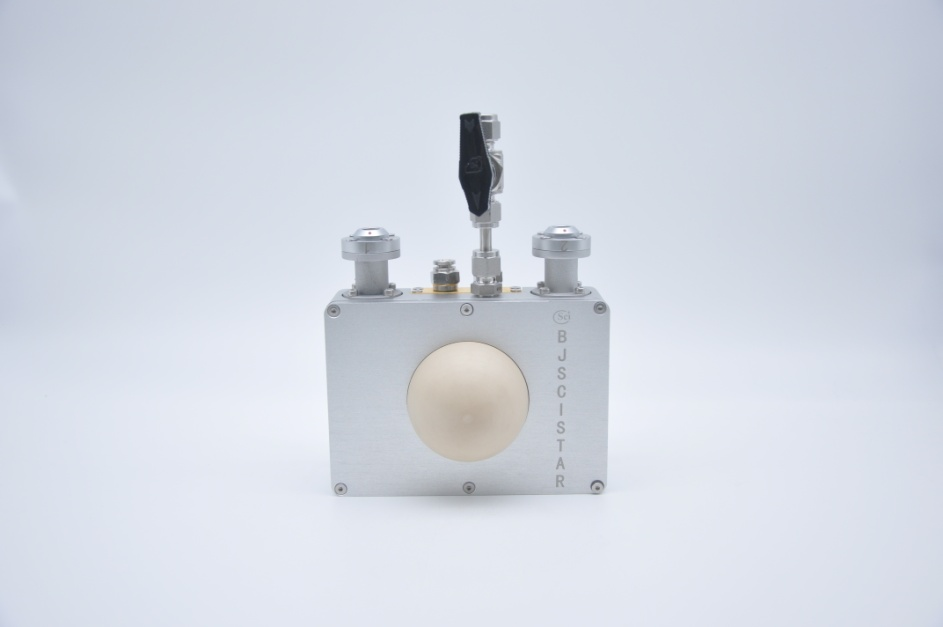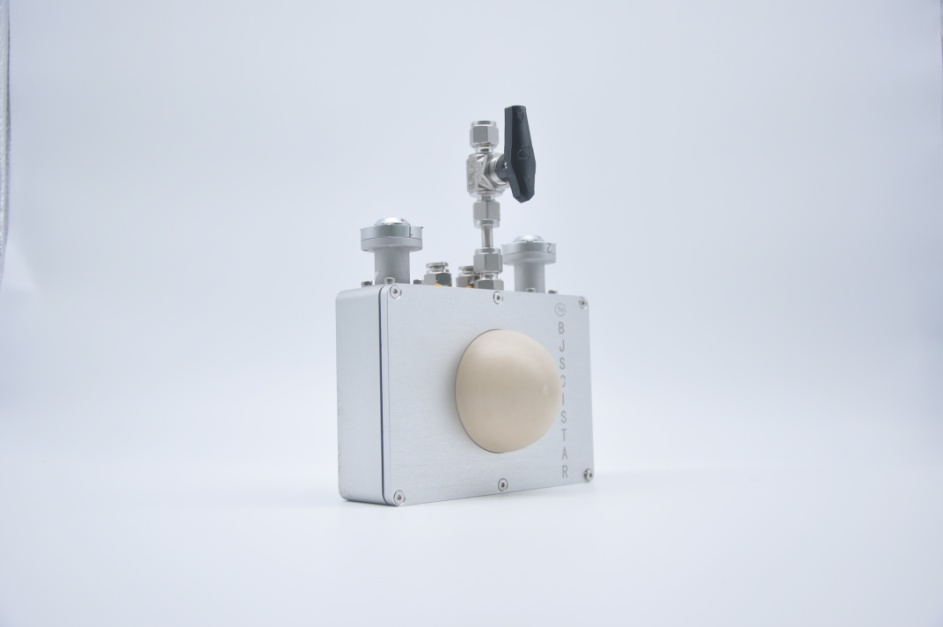Service hotline
+86 18518316054
The LIB-VTXRD-S apparatus is an in-situ XRD cell for lithium ion battery under low and high temperature environment. This in-situ apparatus includes a vacuum chamber that adjusts the temperature, a temperature controller (program control), and an in-line in situ XRD cell. The temperature adjustment range is: -30-100 ° C, the temperature control accuracy is: ± 0.5 ° C. It is possible to realize the structural detection function of the lithium ion battery in the charge and discharge process, which is an indispensable hand of the study of temperature parameters in a lithium ion battery.


Main features
1. The in-situ device is designed for lithium ion battery, including a vacuum chamber that adjusts the temperature, a temperature controller (program control), one inner in-situ XRD cell;
2. Refrigeration in the semiconductor refrigeration technology, the temperature adjustment range is: -30-100 ° C, the temperature control accuracy is: ± 0.5 ° C;
3. A small angle of situ XRD lithium-ion battery can be used alone, using shaped metal Be as a window, its applicable angle: 5 <2θ <90 °;
4. The vacuum cavity employs PEEK as an X-ray light window, which can withstand air pressure conditions and low vacuum environments not above 1 atmospheric pressure;
5. The in situ is adapted to various commercial X-ray diffraction instruments;
6. Note: Due to the two windows with Be and PEEK, there will be two sets of diffraction peaks in the material. If there is an impact on the test results, please choose the paid Be window replacing the PEEK window;
7. The in-situ cell can be reused.